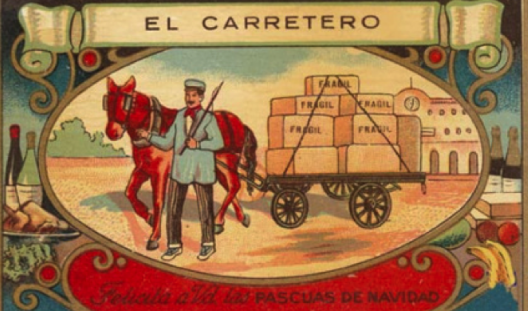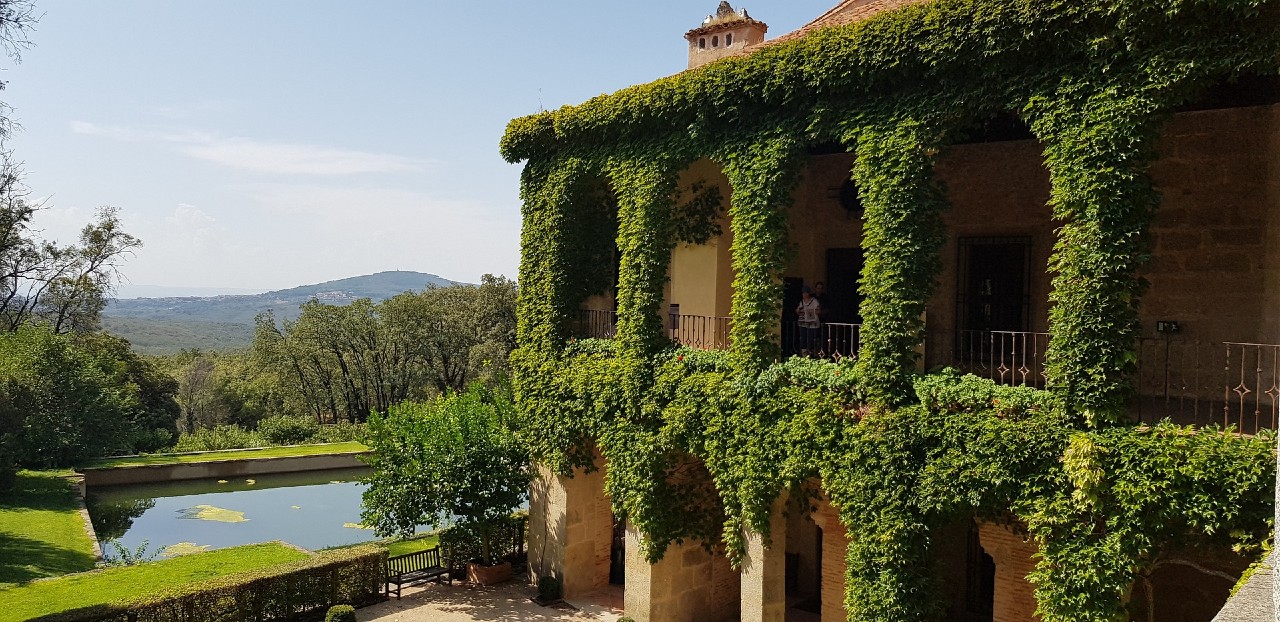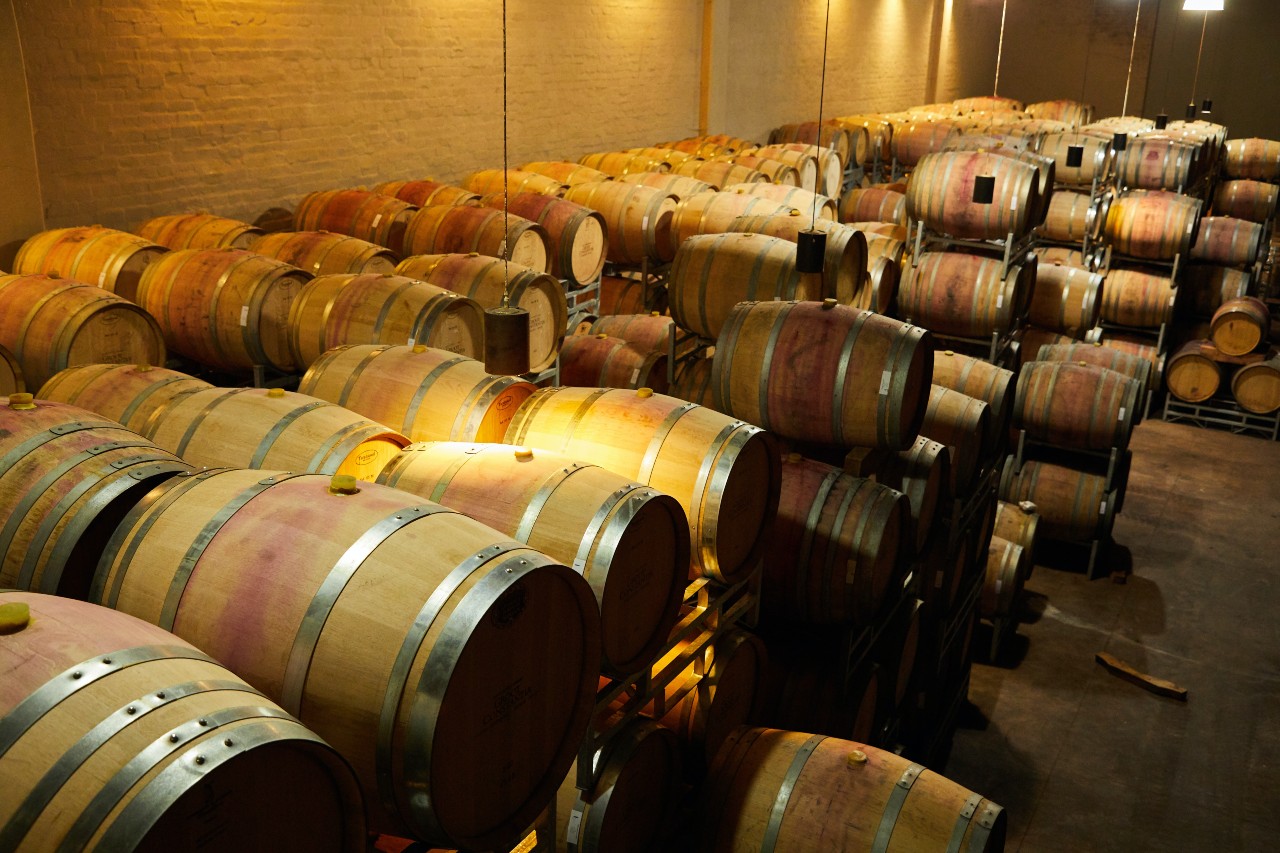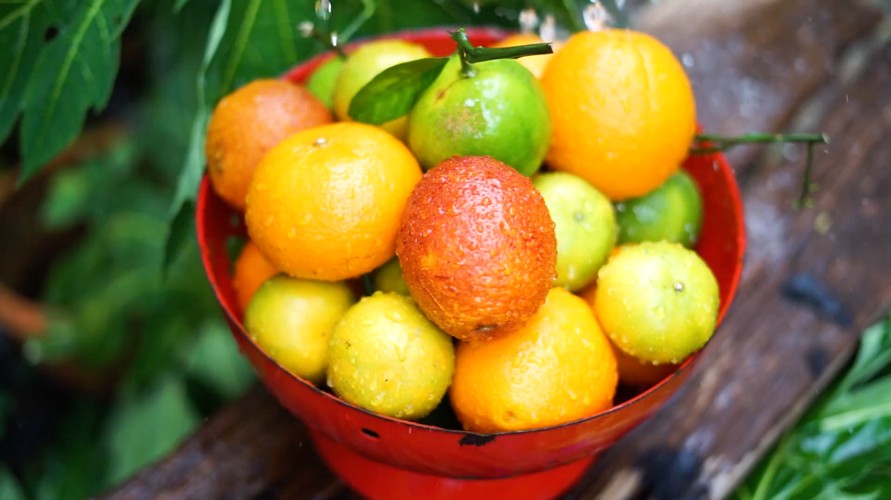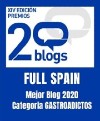
Originally Christmas was a religious holiday and it continues to be so for many people, but even for those who don’t adhere to any religious faith this period provides a parenthesis of joviality and harmony in the middle of the sometimes less than easy daily life.
In Spain we begin to feel Christmas around the middle of November, when the streets of the cities begin to be decorated with lights, trees and Christmas decorations. But nothing signals the beginning of Christmas in Spain more than the figure of the chestnut seller. Usually women, they are street vendors who have a small stove where they roast the chestnuts in a cast iron pan. The stalls may be fixed or mobile and after taking the chestnuts from the grille where they are cooked it is traditional to serve them in a rolled paper cone which then serves to warm one’s hands on a cold winter day. In literature we can find mentions of women dedicated to this profession, especially in very traditional works such as the Las castañeras picadas, a sainete (a one act farce) by Don Ramón de la Cruz.

In Spain we also know it’s Christmas when the Christmas advertisements begin on the television, particularly the Almendro brand turrón advertisement. Well known in Spain for its famous jingle “Come home for Christmas”. Today the brand in existence since 1183 is recognized in more than 70 countries worldwide, it is sold all year as a typical Spanish sweet. The second TV ad. which means Christmas is the traditional advertisement for Freixenet cava, which is celebrating 44 years of “golden bubbles”. Its television advertisements, broadcast during the Christmas holidays since 1977 have starred famous Spanish and international artists and are shown only at prime time on the national TV channels. They are characterized by their length and by usually having a storyline. Customarily the “Freixenet bubbles” make an appearance, these are young women dressed in gold who pretend to be cava bubbles. Another well known character is the “Freixenet child” dressed in red with a bottle of cava under his arm, who has appeared in the advertisements and on the posters of the company since the 1920’s. But in Spain we also drink cider at Christmas time, this is a low-alcohol drink made from fermented Apple juice. If you haven’t tried it, you should!

One of the many Christmas traditions and one which is very common in small and medium sized companies is that of giving clients and employees a Christmas hamper full of quality gastronomic products. It’s a very usual practice in our country and an eagerly anticipated moment for many workers. The hampers usually contain delicatessen products such as ham, cheese wedges and a selection of Iberian products such as cured loin, salami and chorizo. An assortment of good turrón, chocolates, mazapanes, mantecados and polvorones, liqueurs, wine and good quality cava, conserves, nuts and oils. All of this gives us a very complete Christmas hamper.

We have to go back several centuries to find and to understand the possible origin of the first Christmas hampers. If we go back to the time of the Roman Empire we find a civilization which received from the bosses a straw basket called a sportula containing dried figs, bay leaves, olives and other foodstuffs.
This happened during Saturnalia, a festival which was celebrated in December in honour of Saturn, one of the Gods worshipped by the Romans.
The decorative element which possibly most characterizes Christmas in Spain is surely the Nativity Scene which represents the birth of Jesus Christ a custom which comes from the Catholic religion.

Next to the typical Christmas tree, the nativity scene is put up in homes, businesses, churches and outside. There have been nativity scenes with life size figures, even with real people and animals. In all crib scenes the most important figures are the baby Jesus in the manger, the Virgin Mary and Joseph. Traditionally they are accompanied in this scene by two essential animals; the mule and the ox. Those who wish to expand the crib scene may include models of the Three Wise Men arriving at the stable or the shepherds gathering to worship the new born.
For many families it’s a tradition to go to the Christmas markets to buy crib scene figures to extend their collection, to buy the Christmas tree and all the decorations. Then to go for hot chocolate with churros and picatostes (bread fried with wine and sugar). The squares are filled with bustling happy crowds, typical of Christmas in Spain and the singing of Christmas carols accompanied by the music of the zambombas (a kind of rustic drum) and the tambourines which are the traditional Christmas instruments.
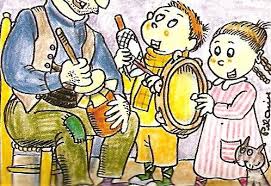
In the villages amongst the children there still exists the custom of “asking for a Christmas box”, which involves going from house to house singing carols in exchange for some sort of gift, chocolates, sweets or simply a few coins.
Another Christmas tradition in Spain is the special Christmas Lottery, the Christmas Lottery which is held on the 22nd December from 9.15. This draw which has been held since 1812, when it took place in Cadiz and which for many Spanish people marks the beginning of Christmas.
The Christmas Lottery has a long tradition in Spain which goes back to the XIX century, but if there is something which differentiates it from any other game of chance with similar characteristics in the world, it is precisely that it is celebrated at this time with such big prizes.

The draw is celebrated in the draw room of the National Lottery and Gambling Agency in Madrid and the highest prize is known as “El Gordo” (The Fat One). The children of San Idelfonso have been responsible for singing the numbers since the very first draw. When you get up in the morning, put on the radio or the television, the singing of the children of San Idelfonso will accompany you as you wait with a coffee, hoping that one of the winning numbers will be yours.
The school of San Idelfonso is one of the most famous in Madrid and also one of the oldest. It was founded in 1543 and is the oldest children’s school in the capital of Spain. Its pupils have been singing the Lottery since the first draw in the year 1812. This is now 204 years ago, but before this date they were already “singing” in draws. From its origins until the arrival of the democracy San Idelfonso was a school for orphans and abandoned children to whom the City Council offered an education.

Today, each 22nd December the sense of anticipation returns to Spanish homes. In total there are 17 different prizes in The Christmas Lottery which go from the 400,000 Euros of the main prize to the 20 Euros of a ticket refund.
Although the draw is held in December, the lottery tickets and be bought in the different lottery administrations from July and the Price is 20€ per ticket.
Once November approaches queues begin to form outside the Lottery Administrations in the cities, towns and villages of Spain, of people waiting to buy their lottery tickets.
Possibly the most famous Lottery Administration in the whole country and one of the archetypal symbols of the Madrid Region is Doña Manolita, in the Calle del Carmen in Madrid, although it was founded in 1904 in the Calle San Bernardo. Every year hundreds of people go to Doña Manolita to buy one or several lottery tickets from the shop.
Each year more than 65 millions of lottery tickets are sold by this lottery administration, but it is not the only famous Lottery Administration in Spain, there are also El Gato Negro, La Bruixa d’Or, El Doblón de Oro….It’s a tradition to share lottery tickets and to give them as presents amongst families.
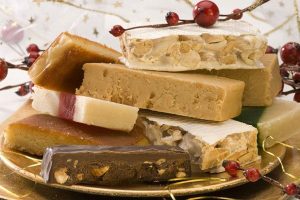
Christmas Eve dinner in Spain takes place on the 24th December. This dinner, before Christmas Day, is a family ritual and is usually celebrated in Spanish homes where the whole family gathers together just as in so many other parts of the World.
Although the dishes vary depending on each family and each region of Spain, there is one thing that’s always true: it’s a very copious meal, which consists of starters, main course, dessert and to finish a wide selection of sweets including turrones and marzipan. As far as the starters go, prawns and king prawns are usually present. The main course is usually some kind of meat, from lamb to suckling pig or a stuffed turkey.

Besides, it is a tradition that on this night the King of Spain makes a speech to the Spanish people, which is broadcast on television and that usually serves as the signal to sit down after eating. After this the most religious go to “Midnight Mass”, which as its name suggests takes place at midnight, just when Christmas Day begins. Regarding the origin of this tradition, as not all sources are in agreement, we’ll discuss it in another post.
The day after Christmas Eve dinner, that is to the say, the 25th December, we celebrate Christmas Day. On this day it is usual to continue with the family gatherings and meals, and normally the families take turns so as not to be overwhelmed with work and so that it’s more shared out amongst all members of the family. Finally some people also celebrate the Christmas Day lunches on the 25th December in restaurants which offer excellent menus.

Although normally in Spain the presents are given on the Day of the Epiphany, it’s becoming more common amongst many families to exchange gifts on Christmas Eve or during Christmas Day lunch, thus giving greater importance to the figure of Father Christmas or Santa Claus, another example of the influence of Anglo Saxon culture and which it must be said gives the children more time to enjoy their presents.
And so to the last day of the year, New Year’s Eve which is celebrated in Spain just as in almost all the world, but with a tradition that is very much ours, which is to celebrate the twelve chimes of the famous clock in Puerta del Sol by swallowing twelve grapes, the lucky grapes. The chimes are broadcast every year by several television channels live from the Puerta de Sol in Madrid.
Although just as on Christmas Eve most families once again get together to have dinner, there are many who decide to celebrate with friends or to go away for a few days, maybe on a skiing trip.

When the rest of Europe and the World are putting away the decorations and the Christmas lights, in Spain we are still celebrating what is for the children the most important day in the year; the day of the Epiphany, the 6th January. This day is devoted above all to the smallest amongst us, being the day when they receive the presents that they’ve been looking forward to the whole holiday period.

The day before the celebration you can go to the streets to watch the popular Parade of the Three Kings an opportunity for the children to greet them and hand over their letters with the list of presents they hope to receive. Later, the children go to bed and the next morning underneath the Christmas tree and the Crib scene they find the presents that the Three Wise Men (Caspar, Melchior and Balthazar) have brought them.
The typical cake for this day is the Roscón de Reyes, (The Crown of the Kings) which includes the characteristic ingredients glacé fruits and essence of orange blossom. It’s usually eaten in the early afternoon (British tea-time) with a wonderful cup of hot chocolate. The Roscón de Reyes is eaten with the hope of finding one of the little figurines hidden in its interior; these are usually the representation of some character related to Christmas in Spain.


